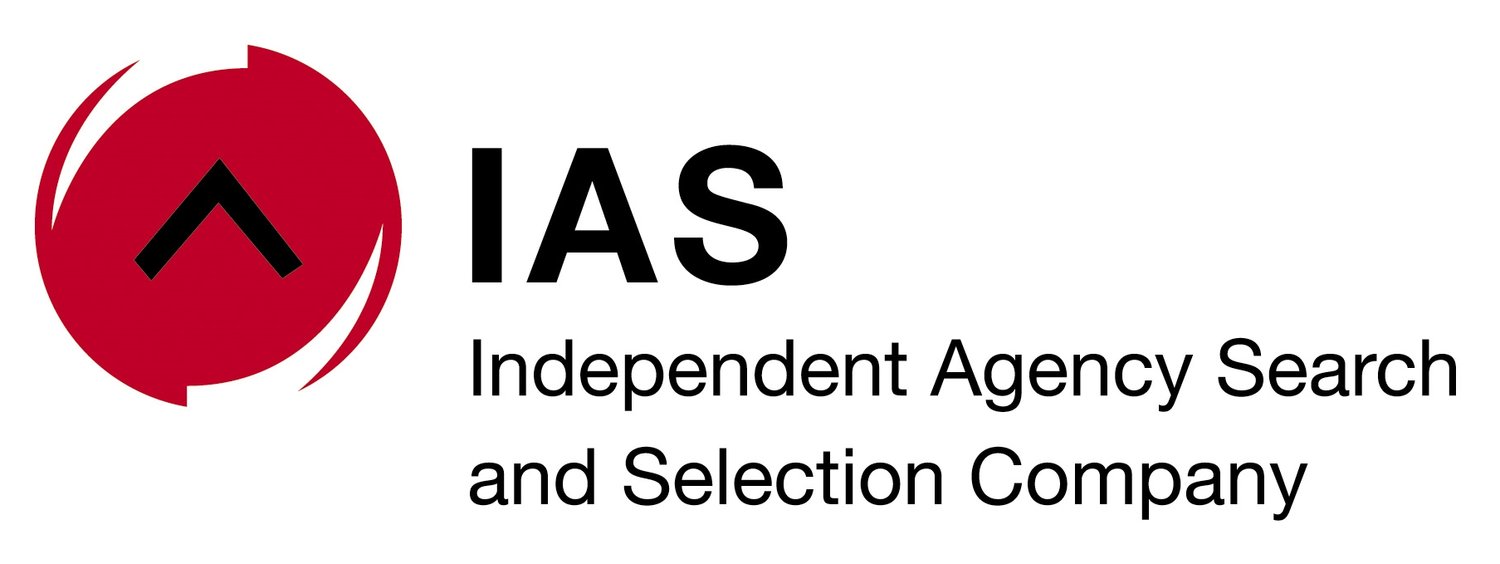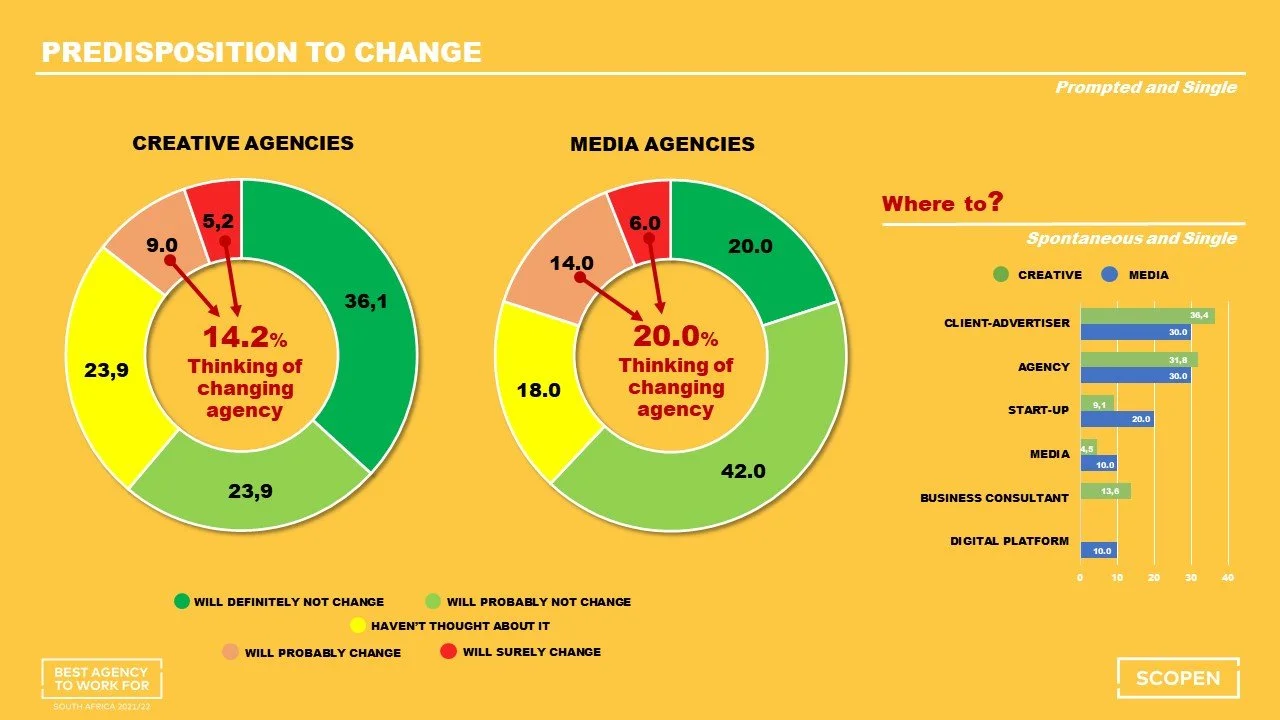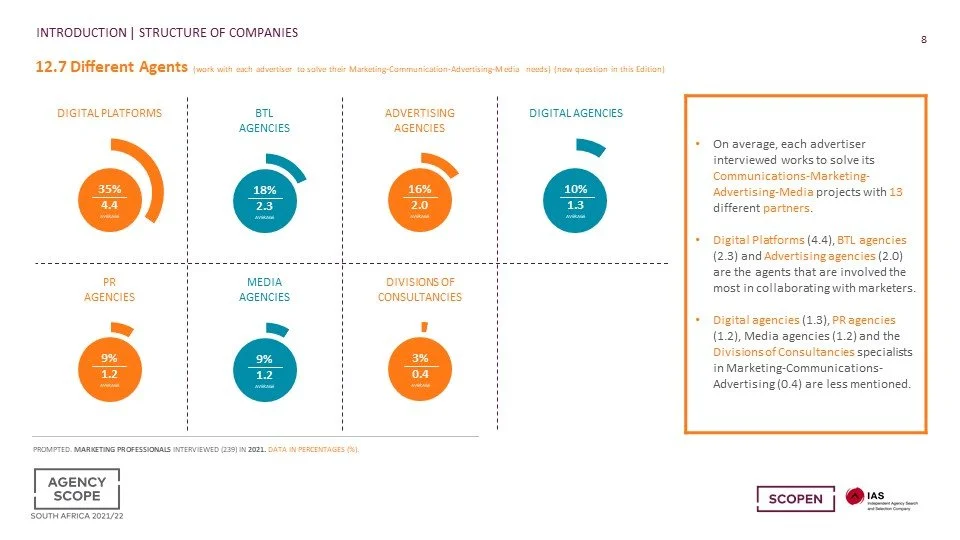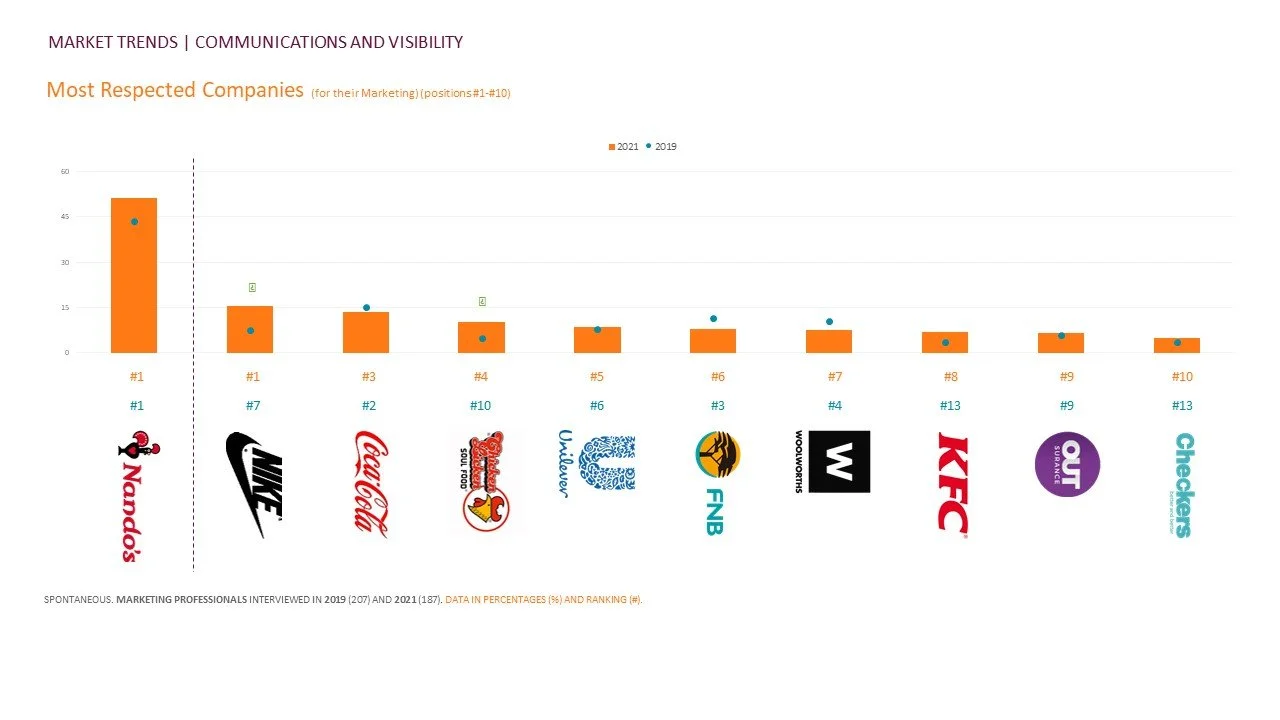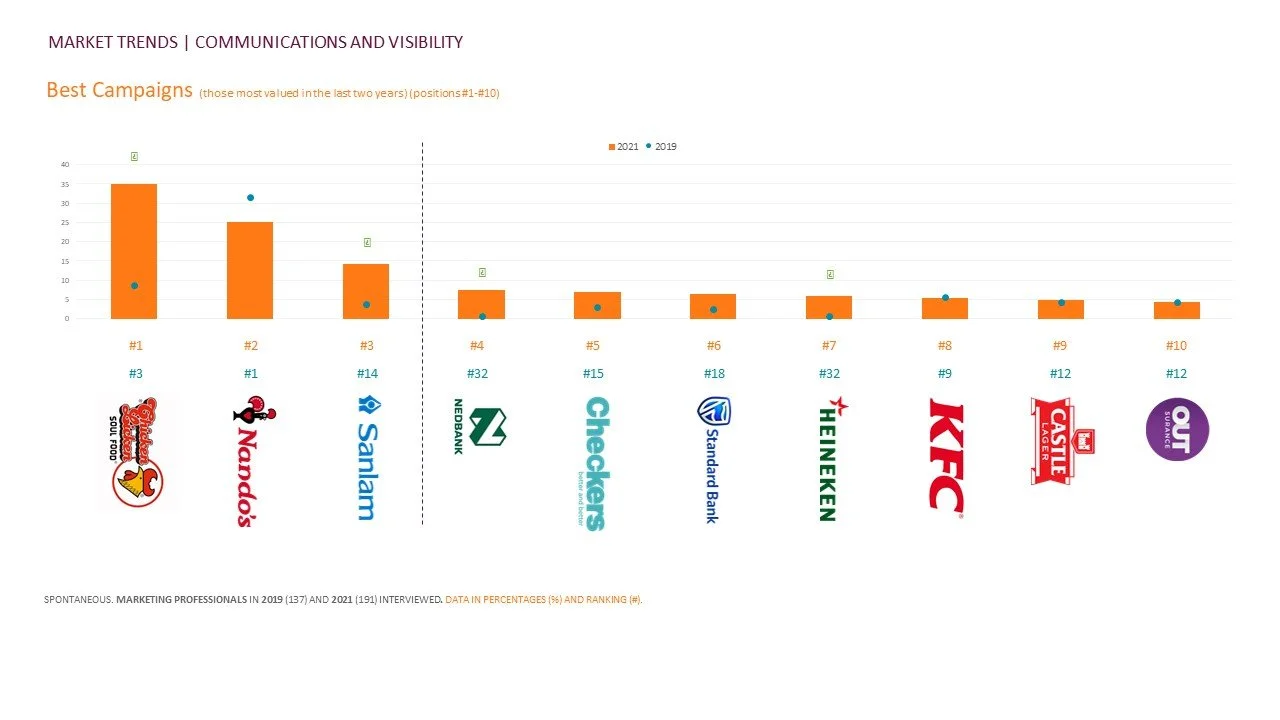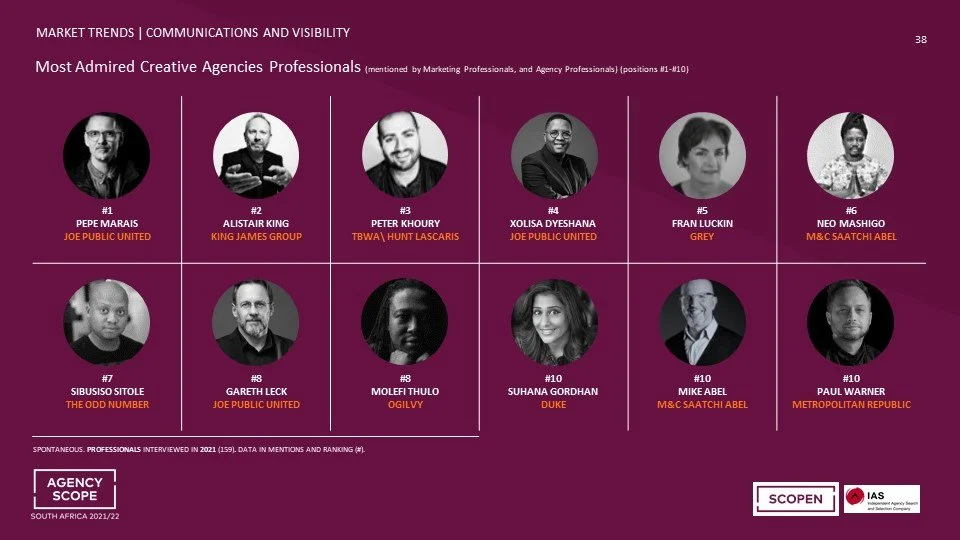What marketers require for their own business development are ideas that create growth and metrics that show where it comes from. That means they need agencies that can deliver.
Innovation, ideas and creativity have always been expected of creative and media agencies, but today’s chief marketing officers (CMOs) are looking for these qualities not just in content, but as part of an agency’s approach to viewing its business differently.
The marketer’s job has evolved significantly from a decade ago. Marketers now want agencies to act as business partners, providing overall marketing of the business rather than just campaigns.
The challenge for agencies is to help, support and guide marketers to achieve their business growth objectives. Obviously, telling a client how to run their business wouldn’t be welcomed, but the agency with a good understanding of the marketer’s business and its goals becomes a trusted and vital part of the relationship.
When Agency Scope questioned marketing professionals about their top challenges, 28% cited knowledge of consumers, their journey and their touch points and how to engage with them. So the ideal agency would provide innovative solutions in these areas, including the use of media channels and the way marketers could be reaching specific audiences. It is an agency’s understanding of this that provides the value CMOs need.
Big need for big data
Marketers in large corporates understand exactly who their clients or customers are, who they should be communicating with and where their growth is – or should be – coming from.
However, the issues of where and how to reach them are becoming increasingly tricky. It’s a data-dense area and I’m not sure marketers have all the data they need to analyse and sort into meaningful strategic objectives. If they don’t, they must rely on their agencies to help them with this.
Given the various channels and platforms customers can choose from, what used to be a fairly simple exercise now requires specialist knowledge of the channels.
Add to this consumers who are far more savvy, not only in using the various platforms but also in how to avoid marketing they don’t want to see. It’s trickier to engage with them, so the creativity required from agencies is how to navigate the consumer journey and be seen.
Media agencies in particular know where the triggers are that will engage consumers sufficiently for them to want to make the purchase, and marketers are relying on agencies to see this as a part of their function.
Change is a certainty
Another important area that challenges marketers and agencies is keeping up with the change in audience. That marketers had a handle on their customer profile five years ago does not mean they’re able to count on that today. So how have those consumers’ media habits changed? How have their buying patterns changed?
The pandemic eliminated certainties. Marketers are now asking: “Where are they doing their buying? How are they doing their buying? Are they back in stores, or has online shopping replaced store visits?” Again, an agency that can produce measurable data here and foresee trends is the one a CMO wants as a partner.
This raises another issue – budget. Marketers are only just starting to revert to their pre-pandemic budgets. Though budgets were slashed during the pandemic, agencies tell the Independent Agency Search & Selection Company (IAS) they’re expected to do more for less.
What do agencies do in terms of resources on a limited budget? How do they plan for this and manage it? It’s an important factor in the relationship with the marketer, who is most likely also running on smaller teams and budgets. Gearing up and re-employing people is only now starting to happen.
Agency Scope reveals that the average marketer has, on average, 13 different communications partners. How to manage all of them is something else CMOs are grappling with right now.
Between 2019 and 2021, “integration” ranked among the least important challenges for the agencies in Agency Scope. It’s now the fourth most important issue.
All indications are that a challenge for marketers becomes a challenge for their agencies. The number of channels available, the data generated by so many agency partners and the expertise required to navigate all this leave CMOs on the hunt for agencies with answers.
Johanna McDowell is CEO of the IAS and a Scopen partner.
You may also be interested in reading Trends for 2022 - The agency-marketer relationship
